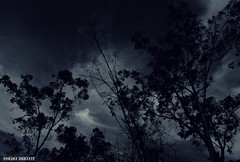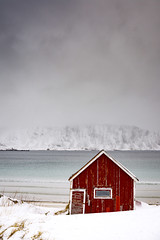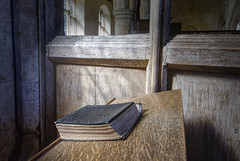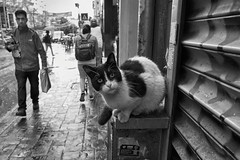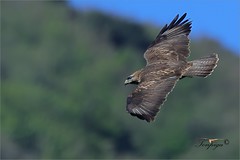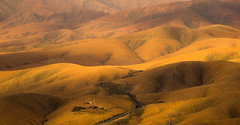October is the month when the fall migrations usually reach peak activity on Cumberland. We already have peregrine falcons on the island following their food source: other birds, south for the winter. Peregrines, considered to be the fastest of all birds will also migrate long distances from the arctic regions to as far south as Argentina. Of course, many of the small shore birds and song birds they feed on are in the area now. Sanderlings, ruddy turnstones and semipalmated plovers frequent the beach this time of year while in the forest warblers are commonly seen. Thirty two species of warblers have been recorded on Cumberland, so properly identifying these small birds in the thick vegetation can be a challenge. American redstarts along with yellow throated and black and white warblers have been passing through for a couple weeks, while large flocks of yellow rumped warblers are just starting to arrive.
As for large numbers of birds though, nothing can compare with the huge flocks of tree swallows that usually show up in October. Sometimes, thousands of these small dark colored birds swarm together over the inter-dune meadows and beach turning these areas black when they land in great numbers.
A few bald eagles are on the island now, on their way to Florida for nesting season, but there were also two active eagle nests on Cumberland last year and once established, these birds may return to have their young.
The northern harrier or marsh hawk can be seen now flying low over the salt marsh and inter-dune meadows as flocks of cormorants fly higher over the island in V shaped formations.
Butterflies are also on the move. Large numbers of sulfurs and gulf fritillaries have already passed through, being followed now by the monarchs. Some years the monarch migration can be quite impressive. I recall seeing great numbers of these large orange and black butterflies following the main duneline along the island as they work their way south toward a winter destination in Mexico.
Being located on the Atlantic flyway, Cumberland is both an important resting and feeding stop for many species of birds and butterflies during the migration. This becomes apparent to anyone visiting the island during this active time of year.




